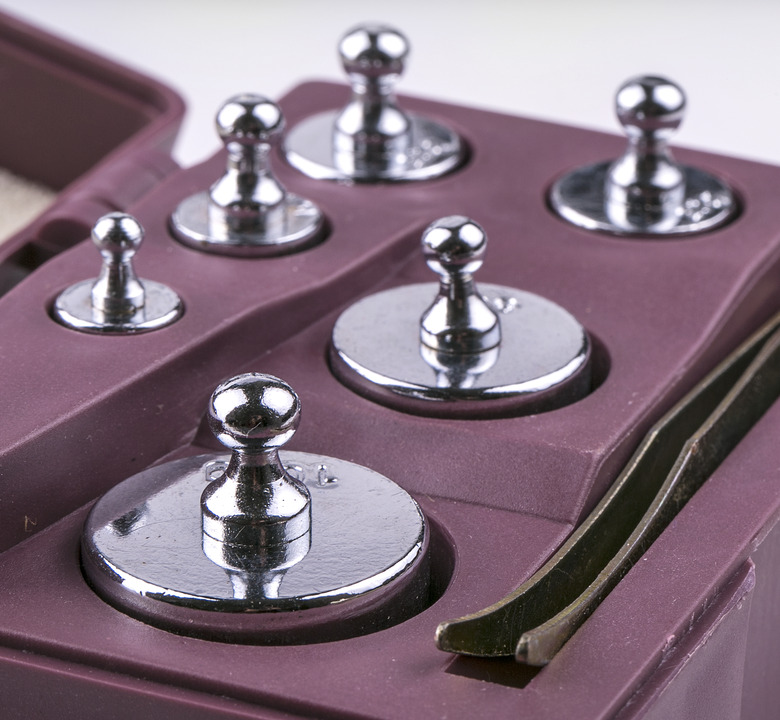Difference In Weight Of Steel Versus Cast-Iron
Our ancestors began working with iron about 3,000 years ago, and the effect on civilization cannot be overstated. Iron ores contain iron in compounds with other elements. The two most common ores are hematite, Fe2O3, and magnetite, Fe3O4. Iron is extracted from ore during smelting. The initial smelting process leaves iron with a high concentration of carbon and other impurities in it. This is cast iron. Further processing to remove impurities produces various kinds of steel.
Pure iron
Pure iron
Pure iron has a density of 7,850 kg/m^3. That means if you had a cube one meter on a side, it would weigh 7,850 kilograms, which is more than 17,000 pounds or nearly 9 tons.
Wrought Iron
Wrought Iron
Wrought iron is almost pure iron, with carbon and most impurities removed. Though once used for decorative gates and railings, it is seldom used today. Because there is no carbon present, wrought iron is not as strong as steel containing both iron and carbon. Wrought iron is slightly less dense than pure iron, at 7,750 kg/m^3.
Cast Iron
Cast Iron
Cast iron is the initial product from processing the iron ore. Most is further processed, as demand for various steels far exceeds demand for cast iron. Cast iron has a carbon content of about 4%. It is extremely hard and brittle, but is easy to work with in molten form, and is used to make castings. The exact content of carbon and other impurities in cast iron varies. As a result, its density varies as well, from about 6,800 – 7,800 kg/m^3
Soft Steel
Soft Steel
Steel made with a small amount of carbon (about .06%) is called soft steel. It has a density of 7,870 kg/m^3, making it very close to but slightly more dense than pure iron.
High-Carbon Steel
High-Carbon Steel
Iron with a steel content of about 1.5% is high-carbon steel. Its density is approximately 7,840 kg/m^3, only slightly less dense than soft steel, but denser than cast iron.
Stainless steel
Stainless steel
Stainless steel has a low carbon content, but contains at least 10.5% of another element, chromium. This imparts the desired properties of stainless steel, chiefly erosion resistance. It also makes stainless steel the densest type of steel. Different types of stainless steel have densities slightly exceeding 8,000 kg/m^3
Cite This Article
MLA
Breslin, Andrew. "Difference In Weight Of Steel Versus Cast-Iron" sciencing.com, https://www.sciencing.com/difference-weight-steel-versus-castiron-8656816/. 13 March 2018.
APA
Breslin, Andrew. (2018, March 13). Difference In Weight Of Steel Versus Cast-Iron. sciencing.com. Retrieved from https://www.sciencing.com/difference-weight-steel-versus-castiron-8656816/
Chicago
Breslin, Andrew. Difference In Weight Of Steel Versus Cast-Iron last modified March 24, 2022. https://www.sciencing.com/difference-weight-steel-versus-castiron-8656816/
